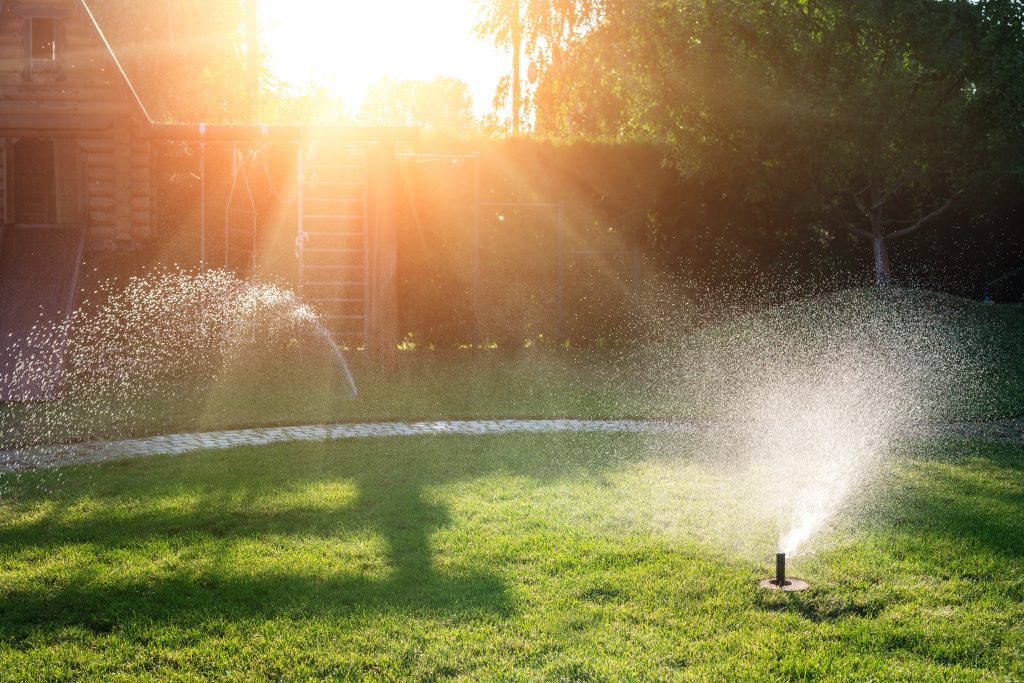
Conserving water, utilizing water-efficient appliances, and retrofitting household items can help you save hundreds (or even thousands) of dollars per year. This not only goes a long way for your wallet, but it also helps out your local community and the environment. Freshwater is a precious natural resource that oftentimes seems like we can use it in unlimited amounts. However, in reality, less than 3 percent of all water on earth is drinkable (with less than 1% being found in the US). Everyone can play a part in protecting this vital resource. Now that we are all spending a little bit more time at home than usual, we thought it would be the perfect opportunity to put together a few tips and tricks to help you conserve water around your house. These easy home renovations to save water are straightforward, inexpensive, and are backed by conservationists at the EPA to help you save money.
VocabularyWater Conservation vs. Efficiency
These two terms are tossed around a lot, but do you know the difference between water conservation and water efficiency. Water conservation is a beneficial reduction in water loss. It encompasses a wide array of policies, programs, and practices that are undertaken to help people use less water. An example of water conservation would be taking shorter showers or turning off the water when you brush your teeth. Conscious water conservation can quickly add up to big savings.
On the other hand, water efficiency is using the least amount of water to accomplish a task. New, well-designed appliances, such as energy star certified dishwasher or low-flow showerheads, make the most out of a little amount of water. For example, an efficient toilet will only consume 0.6 gallons per flush versus an 1.6 gallons in a non-efficient toilet.
Taking advantage of water conservation techniques/practices and combining this behavior with water-efficient appliances, will dramatically reduce the amount of water your household consumes. This means lower water bills and less water wasted!
Let the Government Pay!Upgrade Your Appliances — WaterSense Rebate Finder
While many of the tips presented below don’t require you to buy efficient appliances, you may want to consider upgrading. The EPA expects that 40 out of 50 states will face water shortages in the coming decade. For this reason, it is in the best interest of local governments to promote water conservation and incentivize efficient appliances. Many states and local municipalities are even offering rebates to upgrade to water-efficient appliances or to transform your lawn into drought-tolerant. Check here to see if your home qualifies for government incentives and rebates!
Tip #1Utilize Your Dishwasher
Save time and energy and put those dirty plates and utensils in the dishwasher. Hand washing a full load of dishes can use up to 27 gallons of water, compared to an Energy-star rated dishwasher which uses a mere 3 gallons per load. Even if you don’t have a water-efficient dishwasher, you will still be using less water vs. handwashing. Remember to put only full loads in the dishwasher to be extra water smart! If you are in the market to upgrade appliances, many cities/states give rebates for upgrading to efficient appliances!

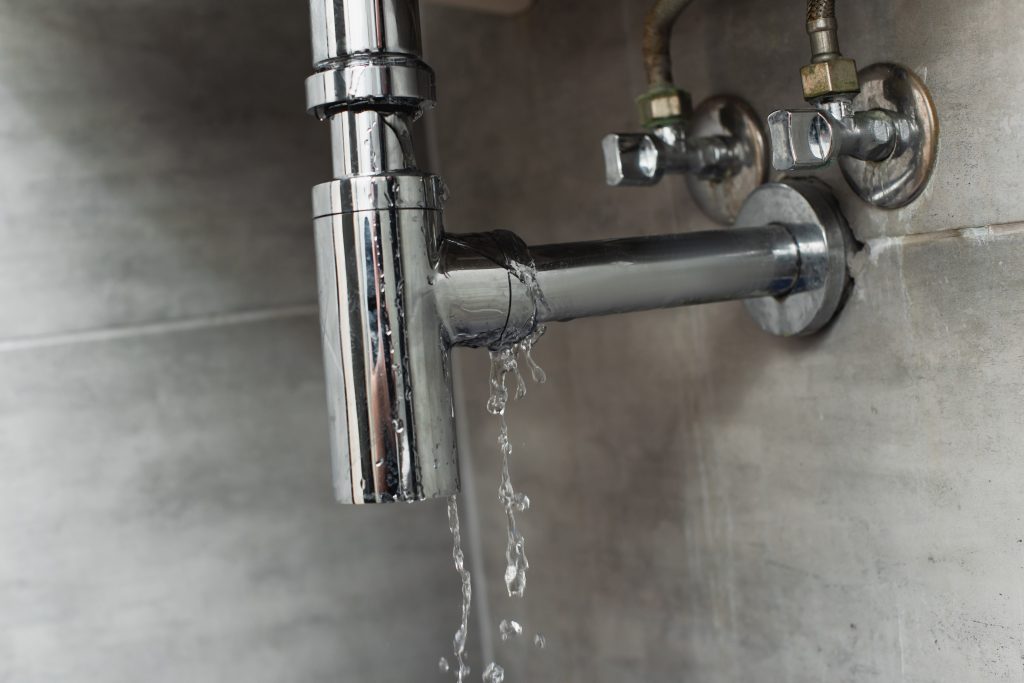
Tip #2Repair Leaky Pipes & Fixtures
According to the EPA, A leaky faucet that drips at the rate of one drip per second can waste more than 3,000 gallons per year. That’s the amount of water needed to take more than 180 showers. If you have a pesky pipe that has been dripping, fix it! Every drop is a few cents! If you don’t have any noticeable leaks, but your water bill is still high, it is worth it to take a look around the house. One way to check for hidden leaks is to monitor your water meter. Check your water meter before and after a two-hour period when water isn’t being used. If the meter reading changes between these two time periods, you may have a leak. Some other common indications of hidden leaks include damp walls and mold growth, weak water pressure, pavement cracks, and abnormally expensive water bills. Having trouble telling the difference between water damage, mold, or mildew, then check out our article.
Tip #3Smart Landscaping
Plants, Trees, and everything in your yard requires water to function well and look good. As you know, lawns and pretty plants can cost a pretty penny over time (especially if you live in a dry area). If you have timed sprinklers, make sure to set them to turn on in the early morning (5-7 am). Plants like water in the early morning because they can utilize it before it quickly evaporates. If you don’t have timed sprinklers, upgrading to water-efficient ones will limit the amount of energy and time you have to spend operating them, all while saving you money. If you don’t have a large grass yard, have flowers, or are just an avid gardener, you should consider drip irrigation. Studies show that drip irrigation systems use 30 – 50% less water than conventional watering methods. Overhead watering can be wasteful and promote fungal or bacterial growth in plants. Drip irrigation uses a minimal amount of water and targets the plants directly. Many drip systems even have timers too.
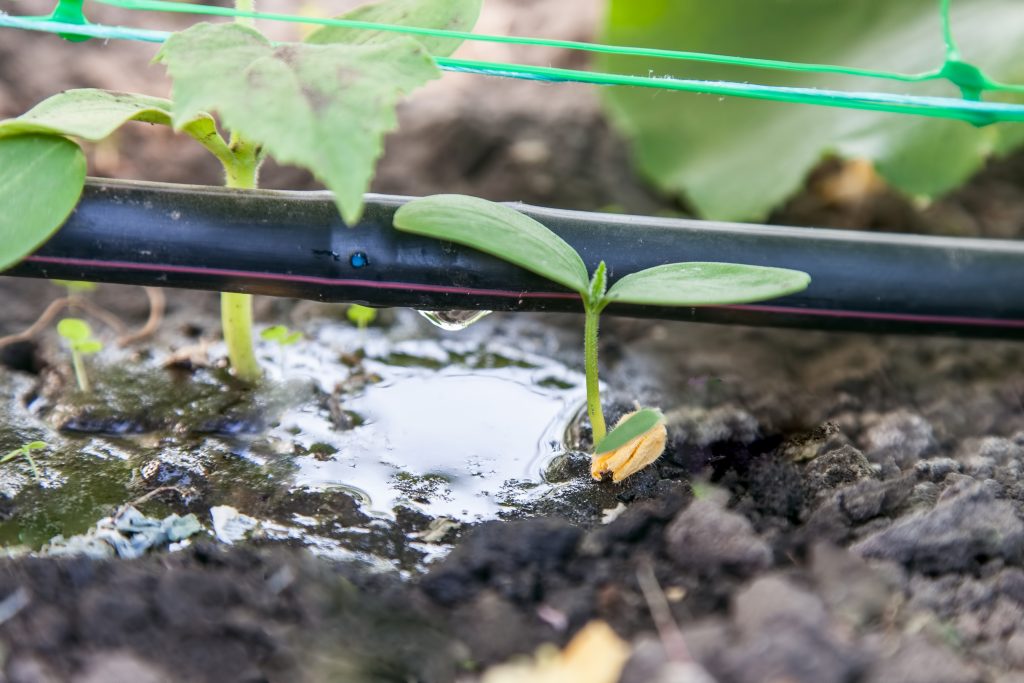

Tip #4Cover Your Pool
If you have a pool, lay down a plastic or vinyl cover over your pool to reduce maintenance expenses throughout the year, heating costs, and water evaporation! Pool covers are budget-friendly, eco-friendly alternatives to traditional gas heating. A pool cover acts as a blanket for your pool and traps escaping heat and water inside. They also prevent leaves, dirt, and animals from entering the water. Beyond this, according to the US Department of Energy pool covers offer several key benefits:
- icon
30%-50% water conservation (less evaporation)
- icon
Less Debris = Less Maintenance
- icon
Reduced chemical consumption by 35%–60%
- icon
Up to 70% reduction in heating costs
Tip #5LOW FLOW FIXTURES & (SLIGHTLY) SHORTER SHOWERS
Cutting down your shower by only 2 minutes per shower can save up to 1,750 gallons of water per person in your household each year. Large families can save hundreds of dollars each year in utility costs if each person simply takes slightly shorter showers. If taking long showers is your ultimate source of comfort, and nothing will stop you from those 15 minutes of wonder, then think about installing a low flow showerhead. Low flow fixtures can reduce your water consumption by thousands of gallons each year. Low flow showerheads have become better at retaining adequate pressure too, so don’t think your showers won’t be enjoyable after the switch. Low flow appliances, like showerheads, toilets, faucets, and washing machines are often subject to government incentives and rebates. Check the water sense rebate finder to see if your home qualifies for money back.
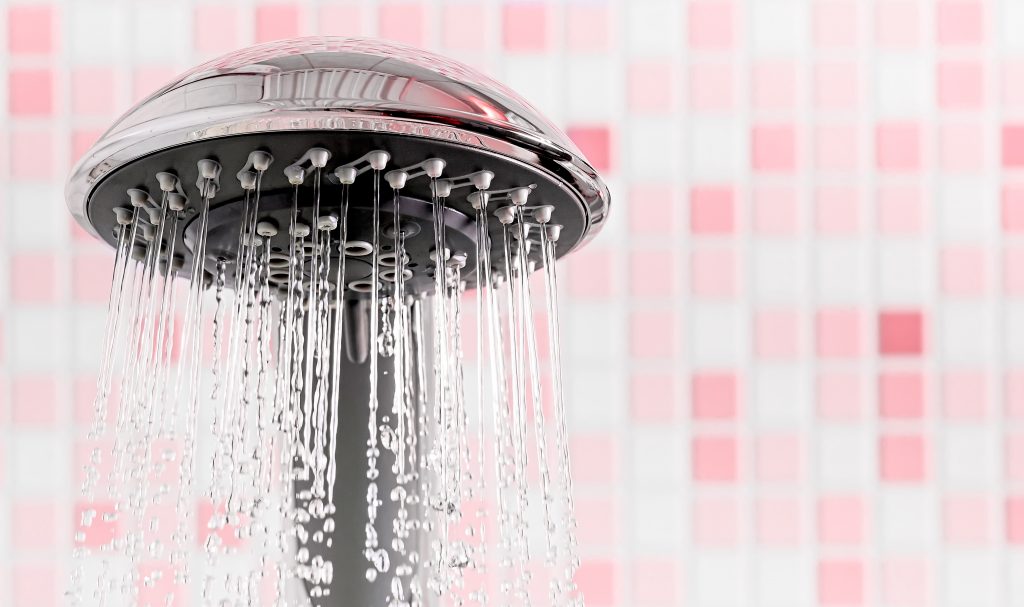
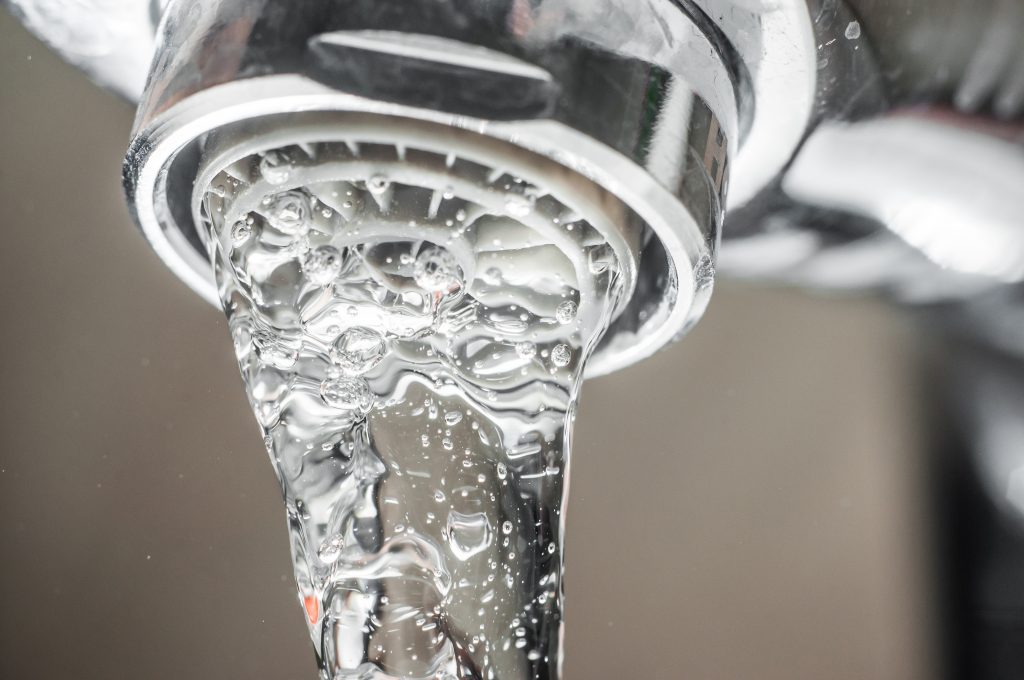
Tip #6Install a Water Aerator
Install a water aerator onto your kitchen sink to limit your flow to a non-splashing stream. This one is easy to DIY. Simply screw the aerator on the faucet head and this device will slow the flow of your water, streamline the outflow, reduce excess water waste, and help keep your kitchen clean and dry.
Tip #7Drought Tolerant Lawns
Big, expansive green lawns have been a staple of the American home for decades. While they are an appealing sight, grass is designed to grow in wet and cool climates, not hot and arid ones typically found in the western states (AZ, CA, NV, etc.). The upkeep of a gardener and the amount of water needed to maintain a grass lawn is very expensive. Drought tolerant plants need to be watered twice a month, compared to thirsty grass lawns which need to be watered two-three times a week. Beautiful desert flowers and plants create a lawn that will blend in with your surrounding environment and require little maintenance. That could save you 75% on the landscaping portion of your water bill, meaning hundreds of dollars a year in savings. Best of all many state and local water departments offer rebates that may help cover the cost of every inch of transformed lawn.

Reduce Your Water Consumption and Save Money TodayCONNECTING YOU WITH LOCAL SERVICE PROFESSIONALS YOU CAN TRUST!
PoweredByPros is a leading digital home services marketplace. We match homeowners from across the nation with screened remodel and repair professionals they can trust to successfully complete any type of home improvement or renovation project. For over a decade, homeowners have trusted us with providing them professional and quality services for their property. In order for us to connect you with a home expert in your area, our highly skilled customer service team will contact you to gather all your project information and pay special attention to your design and amenity requests. We make planning, budgeting, and hiring a local contractor easy and free! Save time and money, get started today!